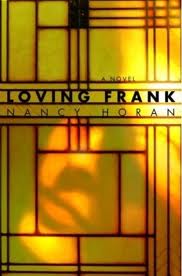The Audacity To Win by David Plouffe
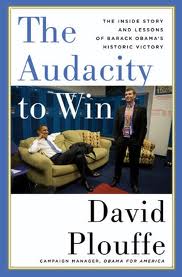 The Audacity to Win: The Inside Story and Lessons of Barack Obama’s Historic Victory
The Audacity to Win: The Inside Story and Lessons of Barack Obama’s Historic Victory by David Plouffe
Newly elected President Barack Obama encouraged his 41 year old campaign manager to write this book and tell the story of his presidential campaign which two years previously was quite improbable. It is the story of Barack Obama, a newly elected US Senator who and his close brilliant political advisor David Axelrod who brought in his junior partner to join their team and ultimately take the reigns of one of the most remarkable political campaigns in modern history.
Axelrod and Plouffe with perhaps several other close senior members of their team such as Ed Gibbss who became Obama’s Press Secretary put together a smooth running campaign machine which built an Internet network of millions of dedicated volunteers and contributors, the like of which has never been seen before. This certainly dwarfed the short lived Howard Dean Internet campaign of several years previously as well as that of any of his primary opponents or that of John McCain.
While the size ( in both persons and amount of money raised ) was quite unique, it was the free flowing frequent communications to this network, the discipline to stay on message and the confidence in their clear electoral strategy which probably best characterized the ingredients which made them so successful. They were experienced people who knew that they could not allow any leaks to the press and that they had to do their own polling and focus groups, which they did quite frequently. They paid meticulous attention to detail as professionals should do and they had intense prolonged daily conversations among their small group which of course included the candidate himself. Plouffe described the importance of these evening conversations where the every twist and turn of the campaign was analyzed and discussed usually among a very small group.
Of course the victor writes the history which will most likely stand as the record. The story does ring true and is consistent with what we know happened. The should be no contesting the information of how the troops were deployed and the money spent as that is on the record. Obama’s two major opponents Hillary Clinton in the primary and John McCain are for the most part treated and described with mostly respect and admiration. However their campaigns are at times depicted as inept , making blunders and miscalculations. Mark Penn one of Hillary’s most important advisor is shown particularly as making major mistakes.
Since Plouffe was so close to the candidate a and family during the campaign does seem to be some insight into the character and sincerity of belief of both Obama and his wife Michelle. Both candidate and campaign manager came across as caring people who loved their families deeply but accepted the necessary rigors of the campaign because they really believed that Obama had something special to offer which country needed at this time.
One of the most memorable lines in the book was at the time that the Reverend Wright inflammatory remarks became a factor in the campaign. It was at this time , the campaign advisors changed their previous position that it was not necessary for Obama the first black candidate to talk in any depth about race. Obama wanted to give an in depth speech about race and what it meant to be a black American running for President. He also felt he had to do the major writing of the speech. However there was little time to prepare and this major address. Plouffe recalls asking Obama if he felt he could pull it off. Obama relied , “ Don’t worry I have writing this speech for the past 30 years”
The book clearly spells out so many of the nuances of their strategy both in hard fought primary against Hillary Clinton and then the election campaign against John McCain. Each phase was mapped out in advance in a very thoughtful manner. IN the primary it was essential that they win Iowa which was the first and most important by their standards in order to get them clearly in the ballgame. They brought in a army of volunteers as well as mobilizing young people in the state. Similarly in the actual election campaign, the strategy was to win every state that Kerry had won in his previous unsuccessful election bid 4 years ago as well as specific additional electoral votes from states in which they thought they would stand a chance of winning in order to needed to bring them over the 270 mark was worked out in great detail. They left no detail unplanned. In fact they had several scenarios, which were determined to achieve so guarantee victory. How they conceptualized each subsequent state and how they calculated every convention delegate and ultimately the super delegates and then each block of electoral votes was a work of art or at least a work of political genius. For example , Nebraska is a rare state that divides its electoral votes. Plouffe calculated that Nebraska would go Republican except one small area in the state labeled Nebraska 2. Therefore this area was specifically targeted. And funds and volunteers were funneled into this one part of the state Although ultimately it was not needed for the landslide victory on election nite, the campaign Plouffe got great satisfaction in winning Nebraska.
Funding was essential in order to support their staff , Internet operation and to buy expensive TV adds and arrange events in each of the states. They made a very difficult decision NOT to accept federal funding which would have been something like 85 million dollars. Instead they would forgo that and try to raise even more than that amount through their Internet campaign mostly from small contributions. They ultimately achieved about twice that amount and the decision paid off for them. However it was a difficult one to make since they had initially made statements that they favored public funding of presidential campaigns If you accept federal funding you can’t accept additional funding so your supporters rather than give to the candidate would then give money to the Democratic National Committee ( DNC) or the Republican RNC in the case of McCain. . These entities then function as an Independent Expenditure and are not allowed by federal law to communicate with the candidate about strategy or coordinate their efforts so they mount an independent campaign plan. So in the end McCain who accepted federal funding had 85 million from them and the RNC raised 250 million which they could spend without coordination with McCain’s campaign.. Obama by not accepting federal fund could raise as much as they could (with the usual limitations of 2300 from individuals. Obama raised at least 450,000 million for his campaign since he did not accept federal funding. The DNC raised less than half that amount which they could spend for him but not with his coordination. So Obama out raised McCain by a significant amount and could much better coordinate the strategy and spending.
The Obama campaign from the very beginning made decision on what seemed best for Obama and was less influenced by what things cost. For example they spent the money to utilize Mile High Stadium so he could accept the nomination in a larger and more dramatic venue. At the conclusion of the campaign they bought air time for a 30 minutes speech to the American People about the economy and other significant issues rather than short less substantial advertisements. Most of the time money was no object for them
Plouffe is deservedly proud of how he set up and coordinated his close to five million volunteers. Not only could he repeatedly go back to them for contributions which they responded but he utilized them to get across any message that was needed at whenever it was needed. He communicated with his net work on a almost daily basis which means he could provide speaking points on any issue that came up. This mean t that there could be an immediate response to any question raised and the network of people would be speaking to their neighbors and co-workers the next day on message . The volunteers appreciated being kept in the loop and were very responsive when they were asked to knock on doors, write letters, make phone calls or even give more money.
In the end it was a real grassroots campaign and the Internet was the soil in which it grew. It was conceptualized by a team led by a brilliant young man who shared his boss’s vision and with odds against them in the starting gate but i they had the audacity to win.

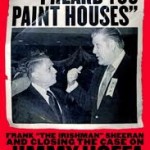
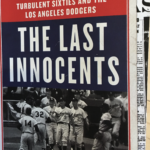
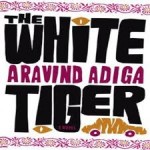
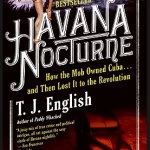
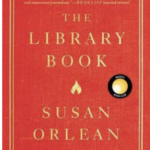
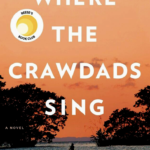

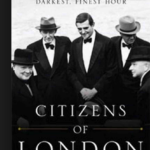
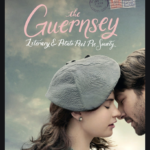
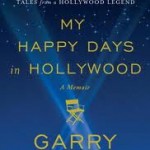



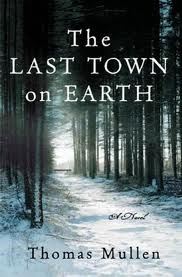
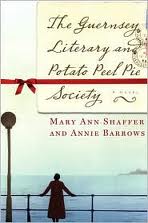 I found this a delightful book which told about a place I never knew existed and presented another refreshing story of the courage that people have shown during occupation by the Nazis during World War II. The book also captured how the love of books and reading can sustain people .There is wonderful character development including insight into romance and love. The unique use of letters written by the various people in the book to tell the entire story, allows time to flow quickly and works extremely well.
I found this a delightful book which told about a place I never knew existed and presented another refreshing story of the courage that people have shown during occupation by the Nazis during World War II. The book also captured how the love of books and reading can sustain people .There is wonderful character development including insight into romance and love. The unique use of letters written by the various people in the book to tell the entire story, allows time to flow quickly and works extremely well.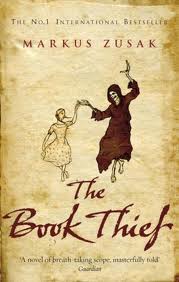 My initial experience with the book was somewhat negative. First, finding the book in the teen department of Barnes & Noble seemed somewhat curious. I had difficulty getting in to the book as the style and narrative seemed unusual and in retrospect perhaps uncomfortable as it seemed to be written from the point of view of an angel of death. Perhaps after about 50 pages I was comfortable with the book and was being drawn in to it although I could still easily put it down.
My initial experience with the book was somewhat negative. First, finding the book in the teen department of Barnes & Noble seemed somewhat curious. I had difficulty getting in to the book as the style and narrative seemed unusual and in retrospect perhaps uncomfortable as it seemed to be written from the point of view of an angel of death. Perhaps after about 50 pages I was comfortable with the book and was being drawn in to it although I could still easily put it down.